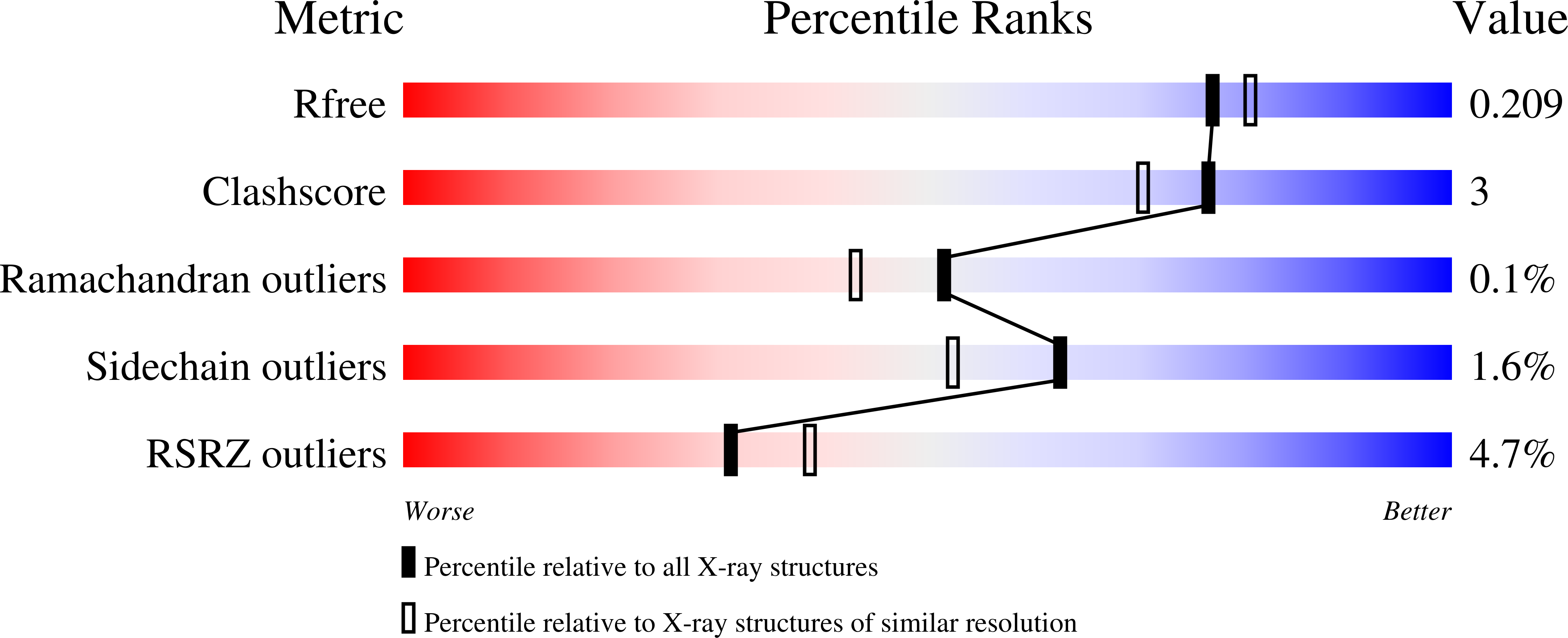
Deposition Date
2020-04-06
Release Date
2020-12-02
Last Version Date
2024-01-24
Entry Detail
PDB ID:
6YKQ
Keywords:
Title:
Neisseria gonorrhoeae Leucyl-tRNA Synthetase in Complex with Compound 11c
Biological Source:
Source Organism:
Neisseria gonorrhoeae (Taxon ID: 485)
Host Organism:
Method Details:
Experimental Method:
Resolution:
1.94 Å
R-Value Free:
0.20
R-Value Work:
0.17
R-Value Observed:
0.17
Space Group:
P 21 21 21


